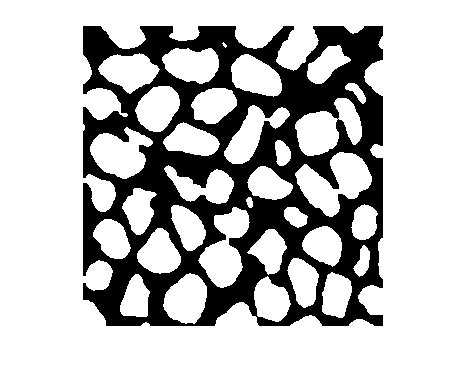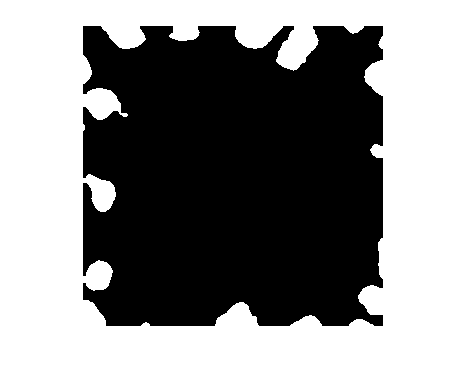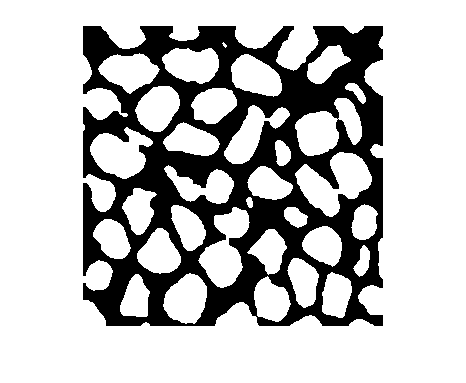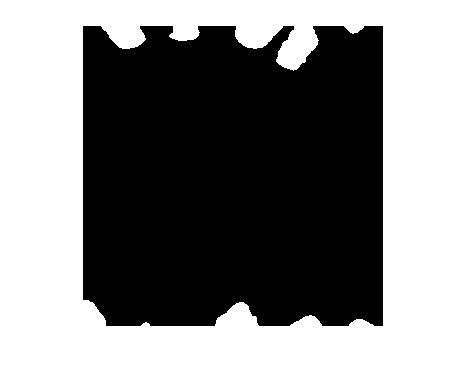imkeepborder
설명
J = imkeepborder(I,Name=Value)imkeepborder(I,Borders=["left" "right"])는 왼쪽 또는 오른쪽 영상 테두리에 닿는 구조물만 유지합니다.
예제
입력 인수
이름-값 인수
출력 인수
알고리즘
imkeepborder는 다음과 같은 경우 모폴로지 재구성을 사용합니다.
마스크 영상이 입력 영상인 경우.
마커 영상이 테두리 부분을 제외한 모든 곳에서 0이고 테두리 부분이 마스크 영상과 동일한 경우.
참고 문헌
[1] Soille, Pierre. Morphological Image Analysis: Principles and Applications Berlin ; New York: Springer, 1999, 164–165.
[2] Molnar, Ian. "Uniform Quartz - Silver Nanoparticle Injection Experiment." Digital Rocks Portal (April 2025). Accessed August 8, 2025. https://www.doi.org/10.17612/P7Z59J.
확장 기능
버전 내역
R2023b에 개발됨








